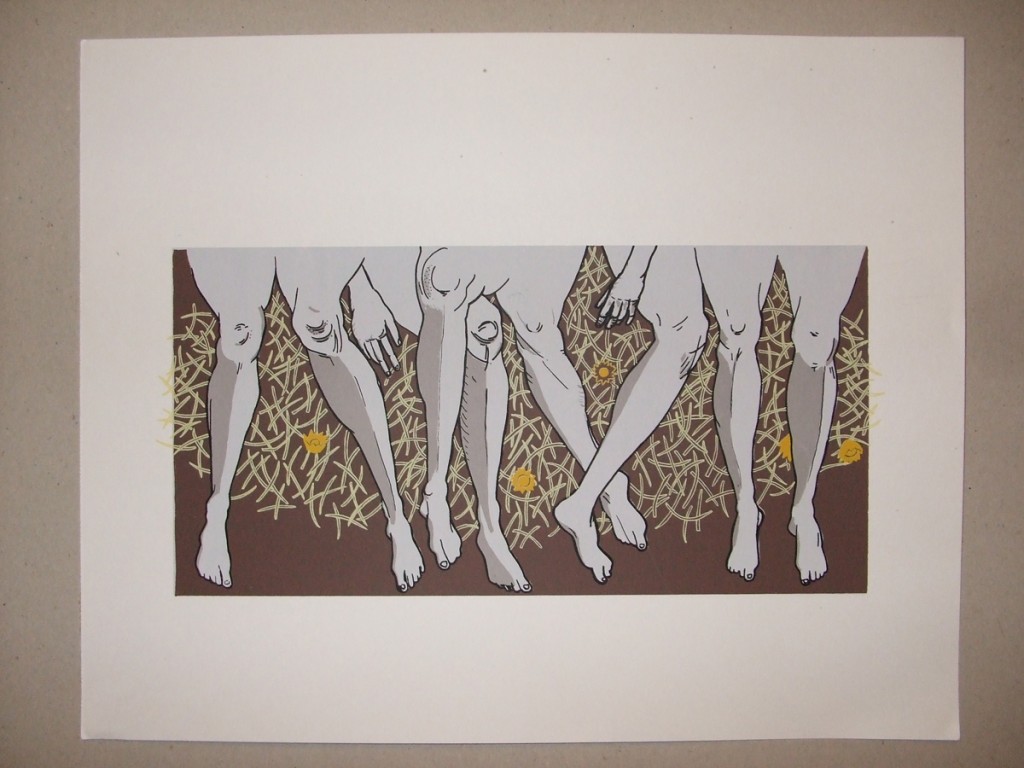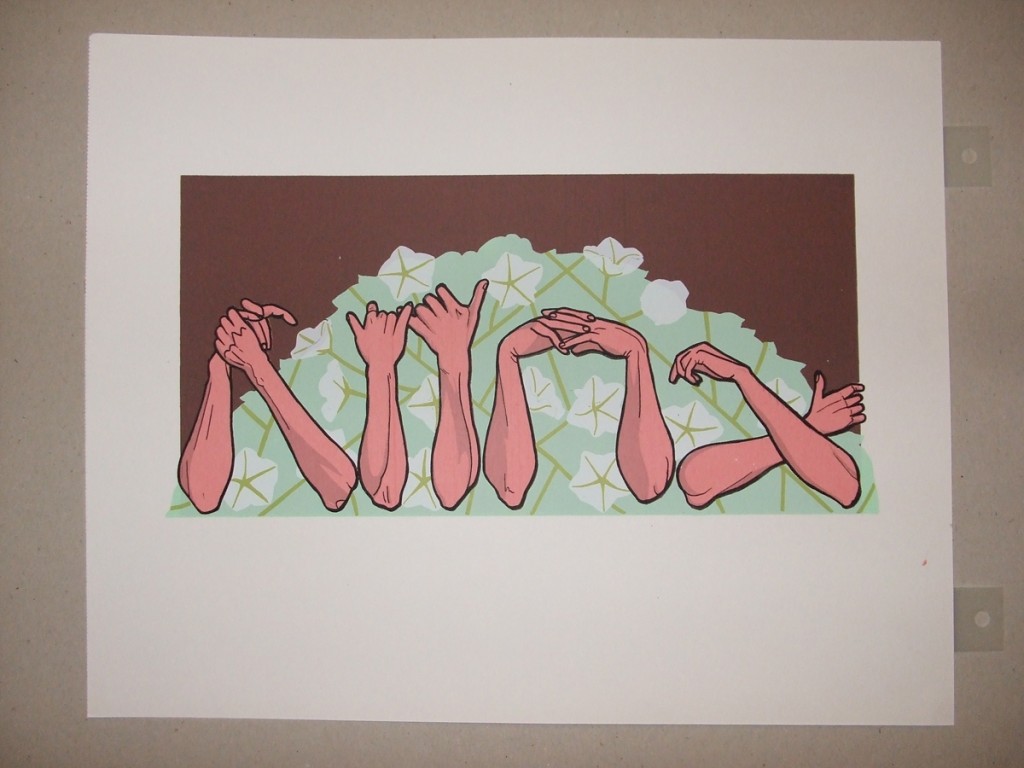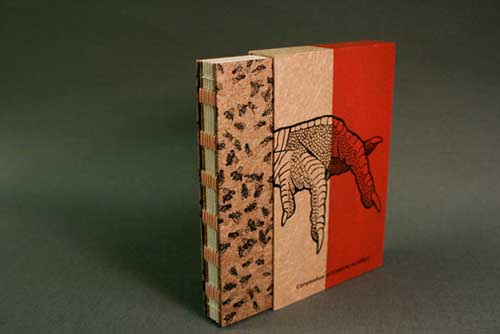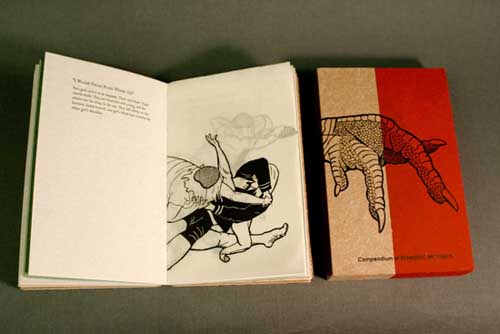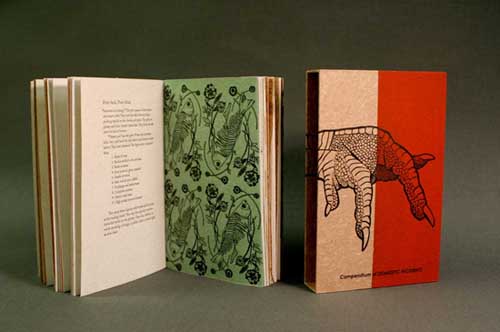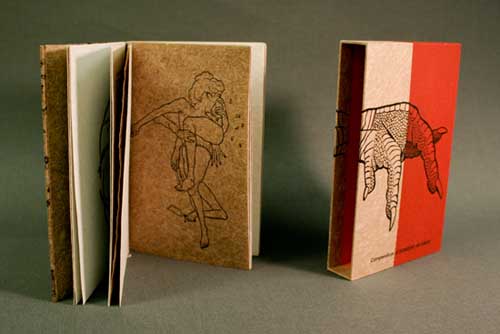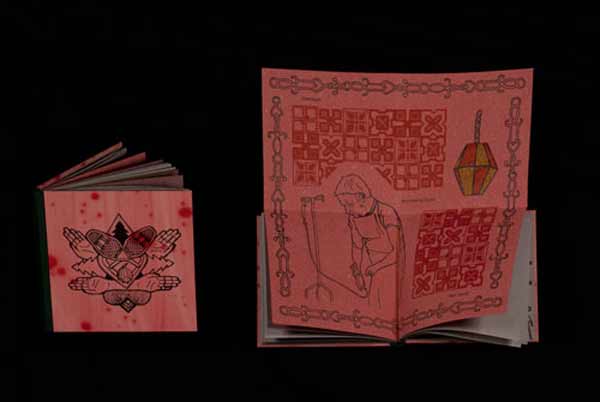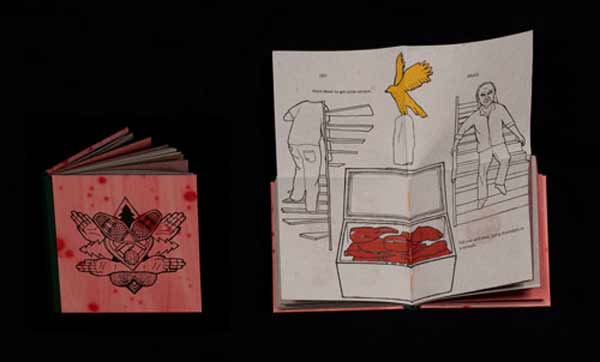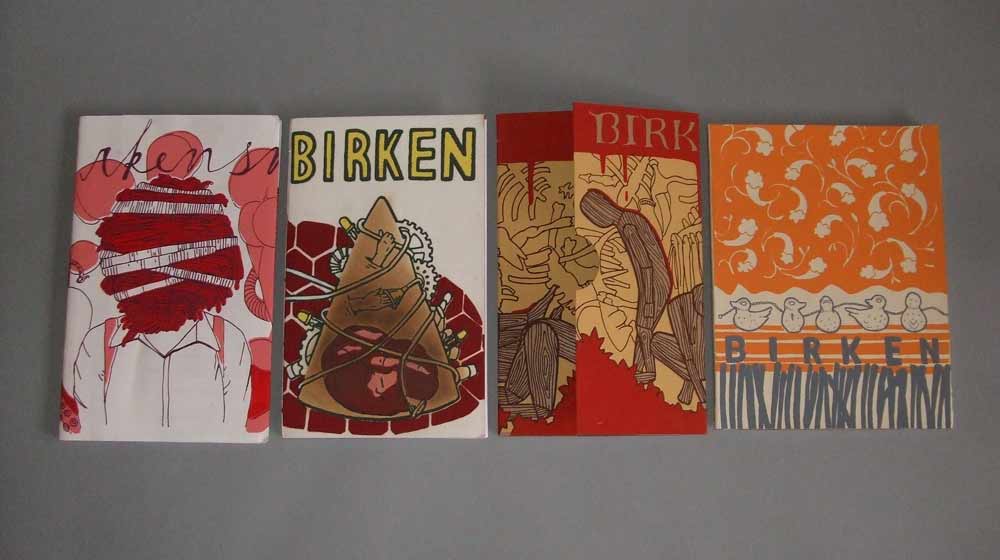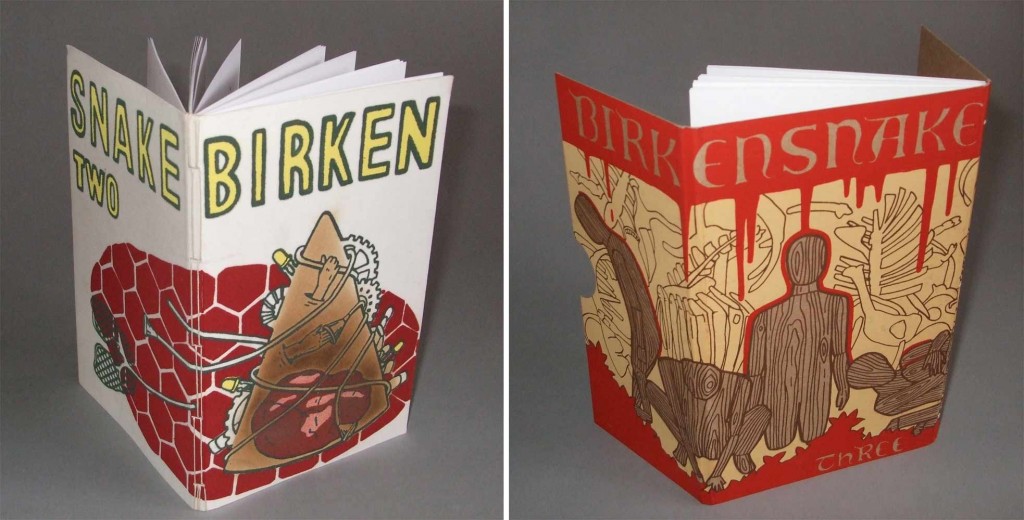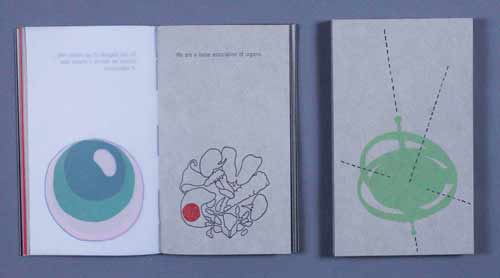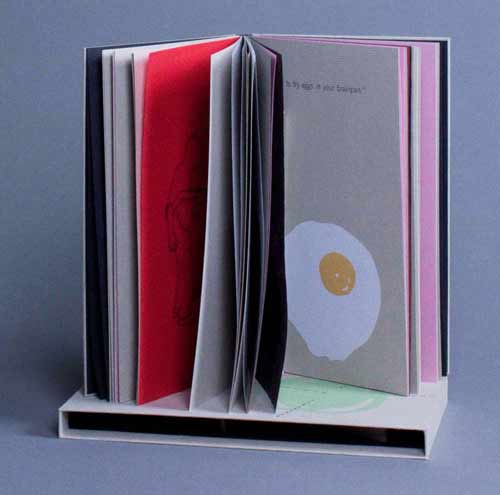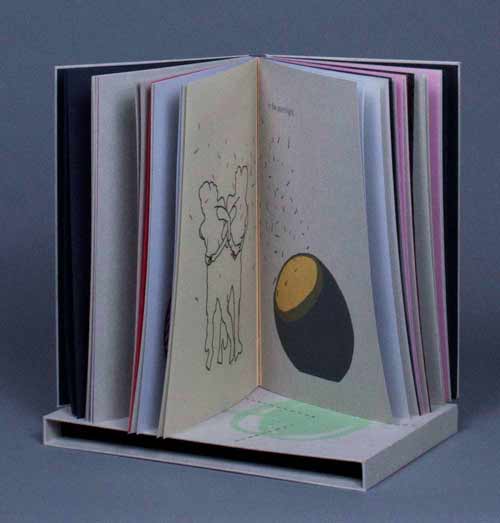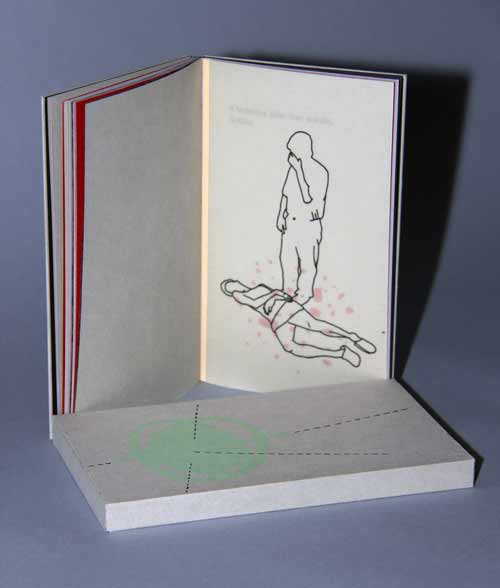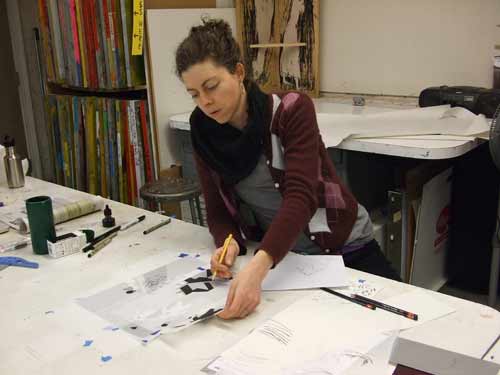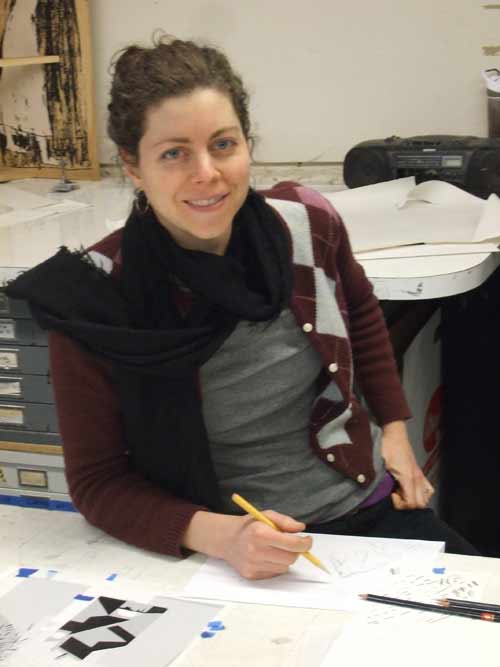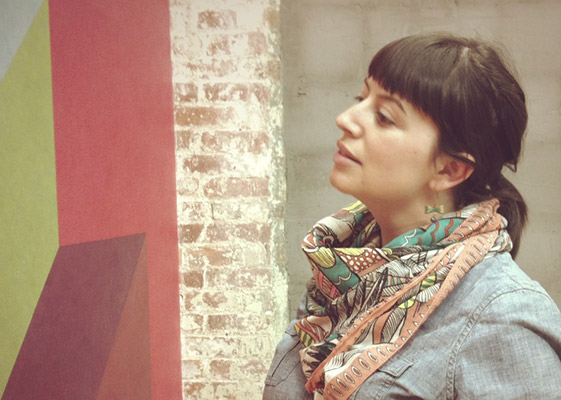Throughout the month I’ve featured the book art work of Sarah McDermott, but she also works as a talented printer. This past winter, Sarah created these screenprints that will hopefully be part of a larger series. Sarah has been able to improve her method of registration using the pin and tab system, which she learned from Dennis O’Neil’s experimental screenprint class at Corcoran.
I really love these prints and I’m so glad Sarah shared them with me. I do hope they become part of a larger series because I’m curious to see where these limbs (or perhaps other body parts) appear next.
You can see more of her print work here.
